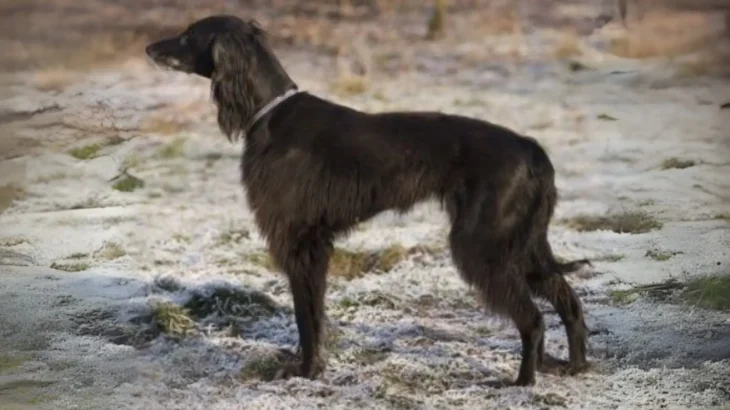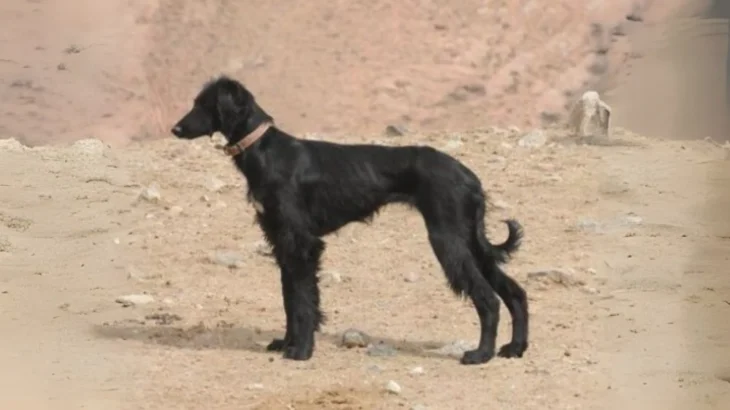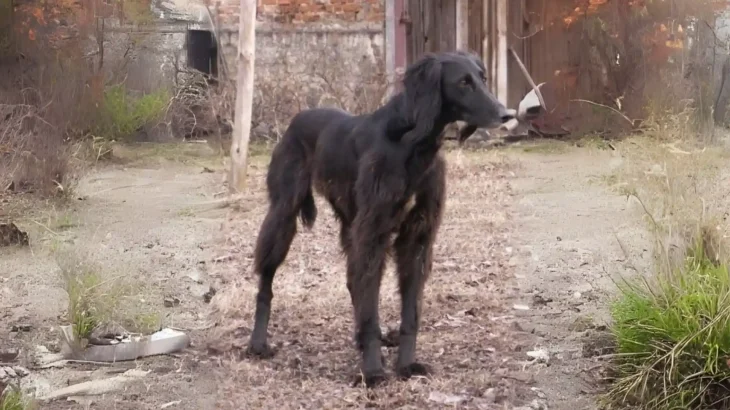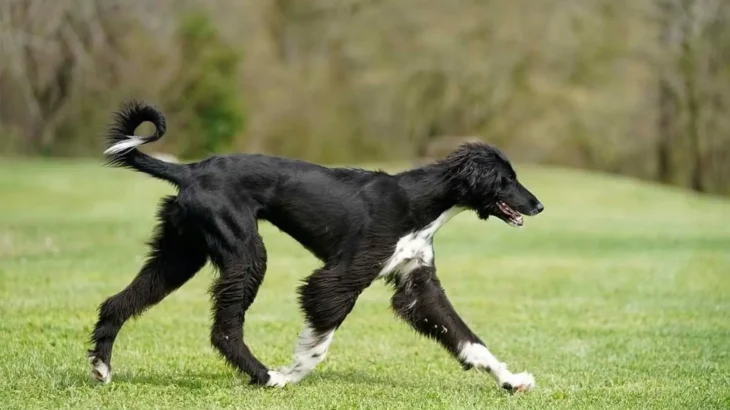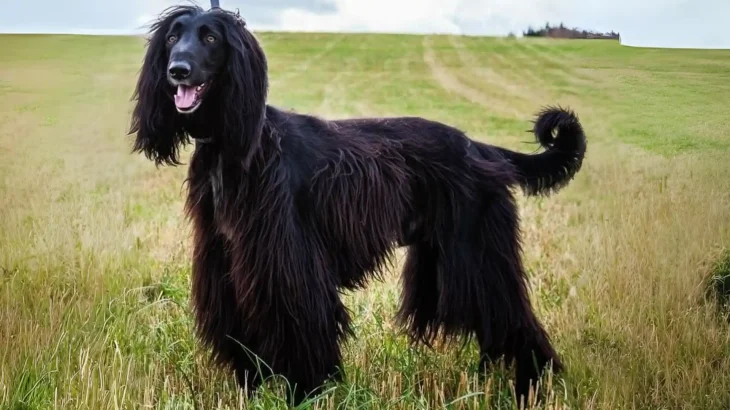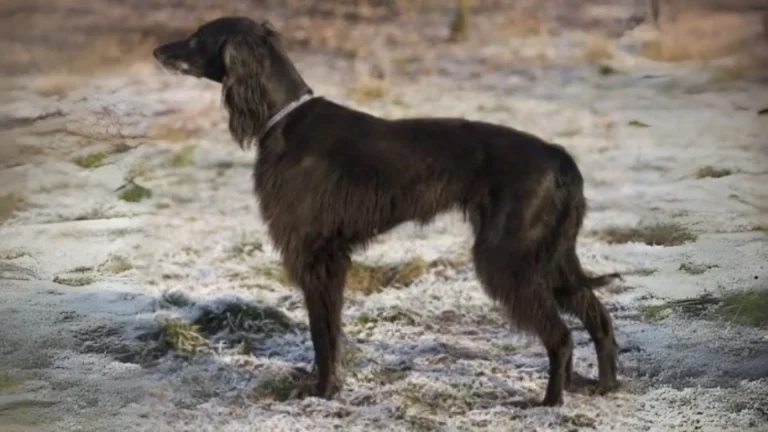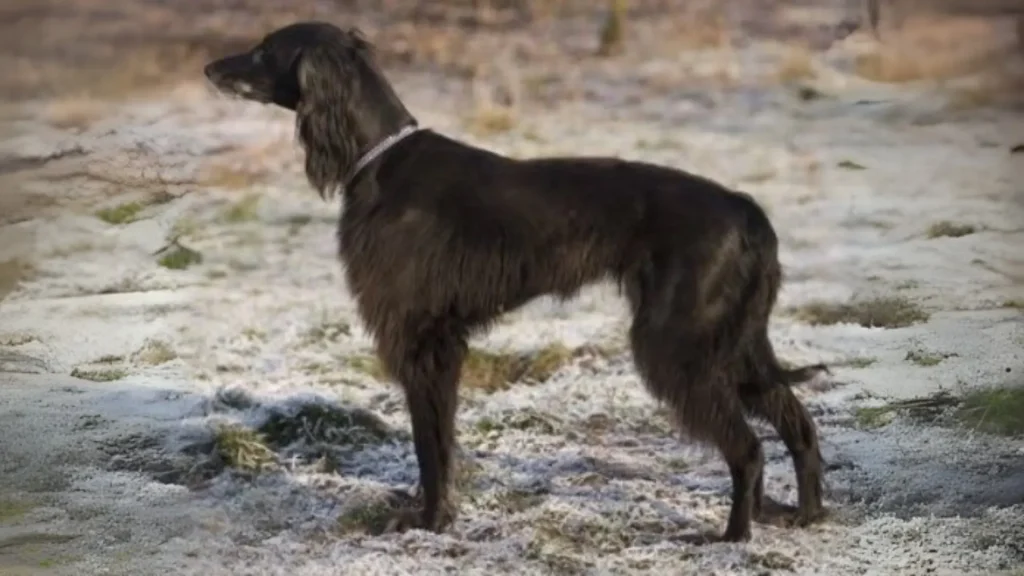When considering a Taigan puppy, deciding between adoption and purchasing from a breeder depends on factors like health transparency and ethics. Both options have benefits and challenges, important for the breed's needs and availability.
Adoption vs. Breeder: Pros & Cons
| Criteria | Buying from Breeder | Adopting from Shelter/Rescue |
|---|---|---|
| Cost | Higher initial cost due to purebred status and breeder reputation. | Lower fees, more budget-friendly. |
| Health History | Usually detailed records and screenings reducing uncertainties. | Health background may be limited, but basic checks are done. |
| Age Availability | Usually puppies, allowing early bonding and training. | Wider age range, including adults. |
| Temperament Insight | Breeders share detailed lineage behavior traits. | Temperament assessed from shelter behavior, but may lack full history. |
| Supporting Practices | Supports breed preservation via responsible breeders. | Reduces shelter population; gives a dog a loving home. |
| Ethical Considerations | Ensure breeders follow ethical practices to avoid puppy mills. | Generally seen as ethical, promoting animal welfare. |

